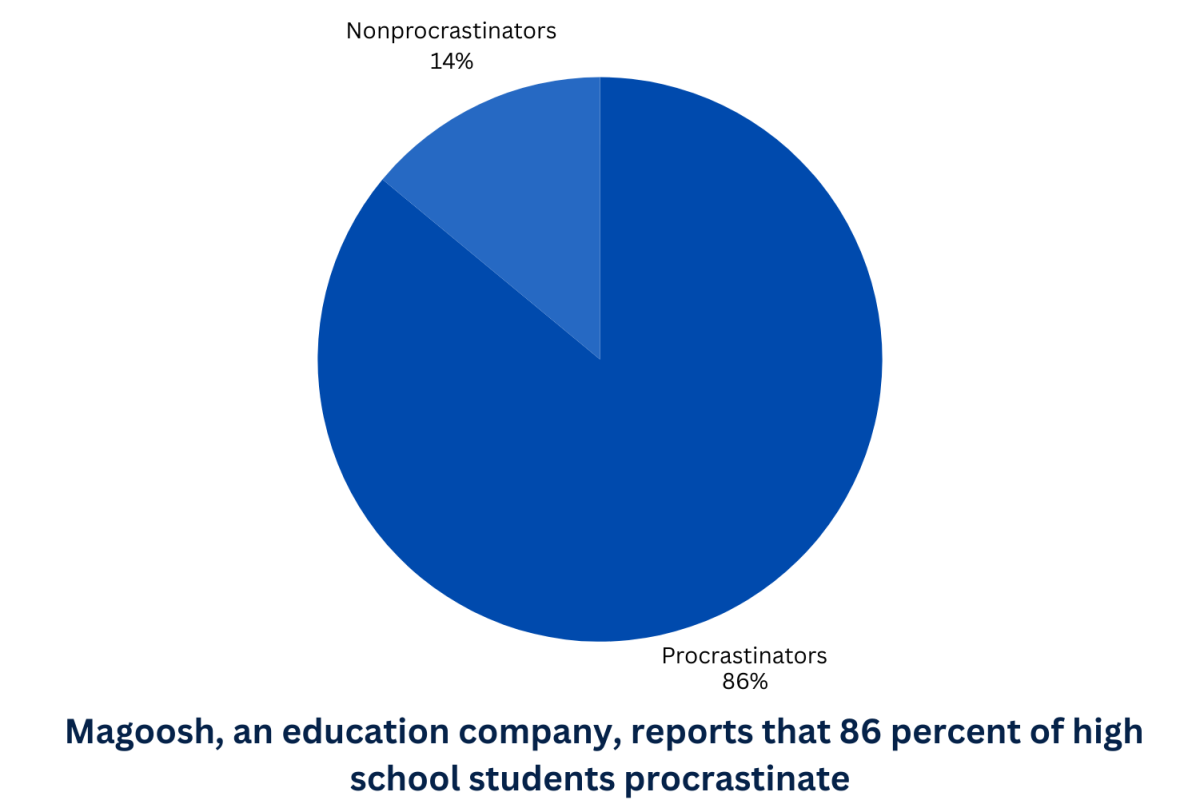
Motion pictures have the unique ability of allowing someone to experience and feel what they otherwise wouldn’t; they have the ability to put things into perspective and even more impactful, they have the potential of starting a meaningful conversation.
“American Sniper” captures the reality and brutality of war. Unfiltered and vivid, the film allows people to imagine what soldiers go through on and off the battlefield; it reminds us of the sacrifice that individuals make in the service of their country, and it embodies the story of countless men and women who come back home carrying hidden wounds and chilling memories.
Originally a book, “American Sniper” recounts the journey of Chris Kyle, a Navy SEAL who participated in four tours of the Iraq War, gaining a reputation for his lethal skill — the Department of Defense confirmed 160 of his kills. However, the film adaptation of the autobiography highlights the sometimes forgotten aspect of war, and that is the complex, traumatized state that many soldiers find themselves in after combat missions.
“War’s not a clean thing. It’s not easy. I think a lot of times in the movie industry, a lot of times war is romanticized, sometimes glorified, and not always portrayed as being realistic and in war, there’s a lot of hurt, a lot of hurt that goes with it, both physically and emotionally,” stated LHS dean Mr. Sean Ferrell, whose father served in the military. “It’s a difficult thing, it’s not an easy thing.”
As well-received as this movie was by film critics, it has sparked a firestorm of controversy, with discussions ranging from the U.S. involvement in the Iraq War to the character of Kyle. The political element drawn from the movie has divided the nation, with some claiming that his embrace of war and fondness for killing taints the mantle of American intervention around the world. In his book, Kyle wrote, “I loved what I did. I still do. I’m not lying or exaggerating to say it was fun.” With vocal critics expressing their disdain for the heroizing of Kyle, several notable figures have spoken up in defense of his actions in the Iraq War.
“America needs a hero again and Chris Kyle has been that man, and screw the left in Hollywood who can’t understand what it is we see in someone like Chris Kyle and all of our vets,” expressed Sarah Palin, a former Republican vice presidential nominee, at the Iowa Freedom Summit.
The fact of the matter is that their has to be a balance in respecting the sacrifice Kyle made and acknowledging the faults in his character; one can’t blame the soldier when his job is to follow orders. If there’s any controversy over the actions he took, it should be directed towards the administration that ordered the deployment of thousands of troops in an effort to export democracy and abolish weapons of mass destruction that never existed.
“The political climate of America is very polarized right now, the people are drawing political tension from anything from just simply a movie to individual stories. I think we should be looking at it for what was he was assigned to do, and what he did. I think people are having relapses of the mistakes made during the Iraq war and they’re putting it on him as an individual, when in reality the story of him is supposed to be about him, not about the administration that ordered him do that,” voiced Austin Benner, a senior at LHS who intends to double major in international relations and justice at American University.
America can’t let this controversy limit the way we view this movie and this issue because the problem at hand is no longer the justification of the Iraq War; it’s how we help the troops that have come back wounded, physically and psychologically. The Veterans Administration reports that 22 veterans a day commit suicide. If there’s anything we can learn or achieve through this movie, it’s the willingness and drive to amend our efforts and strengthen our resolve in helping the men and women who have served honorably. With that said, let this movie act as a sobering reminder to our leaders that when we send troops into war, the fight is not limited to the battlefield, but it also takes place inside the men and women who serve.








